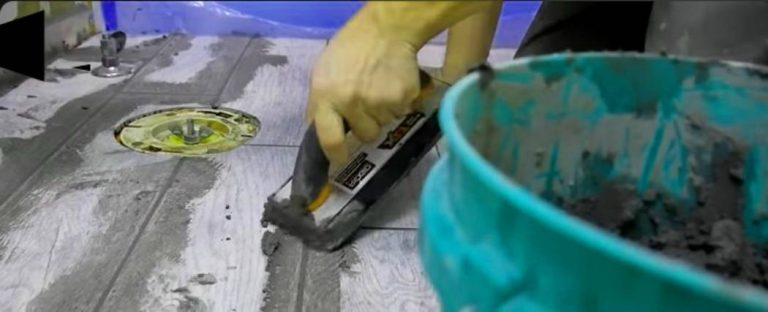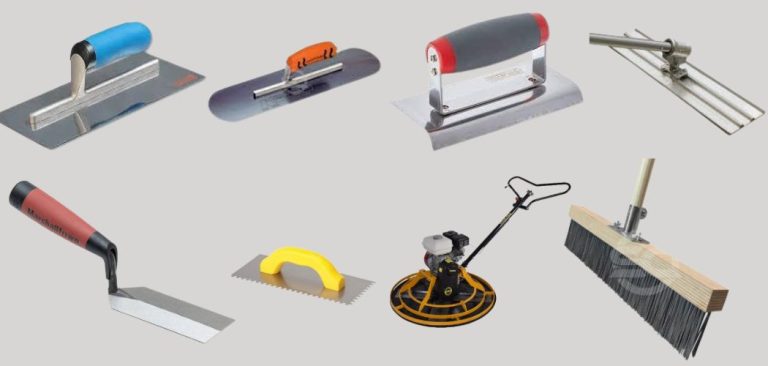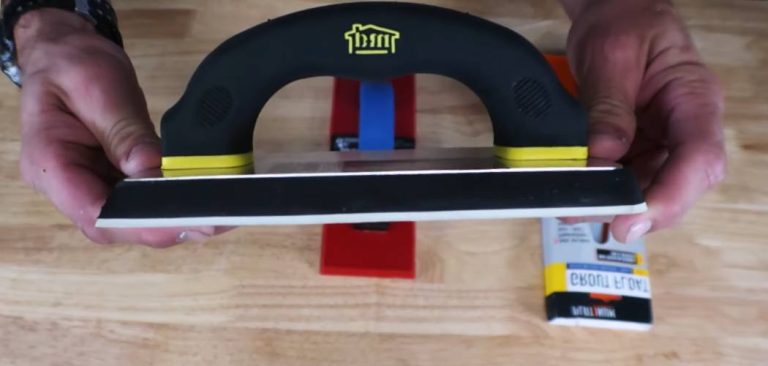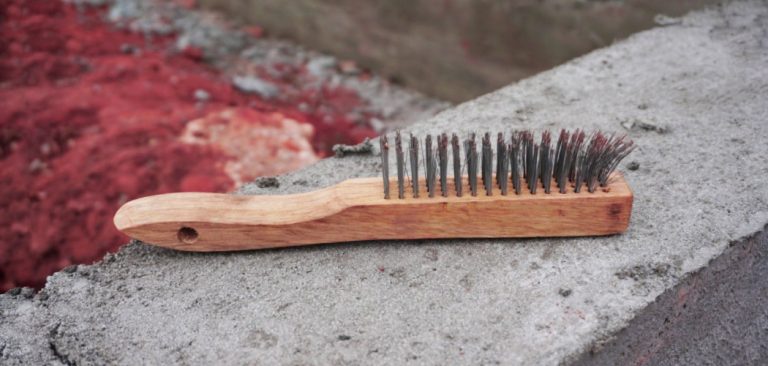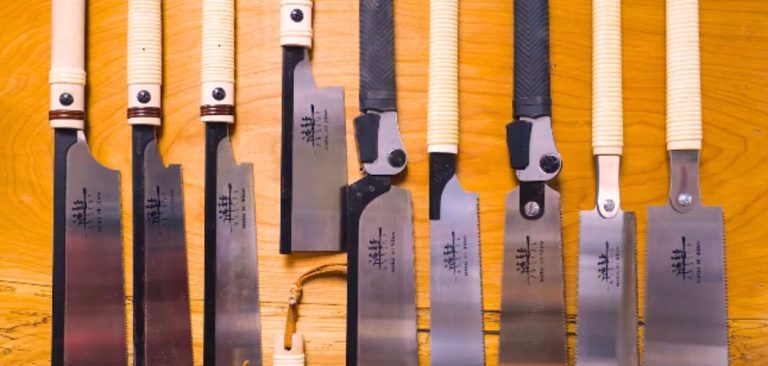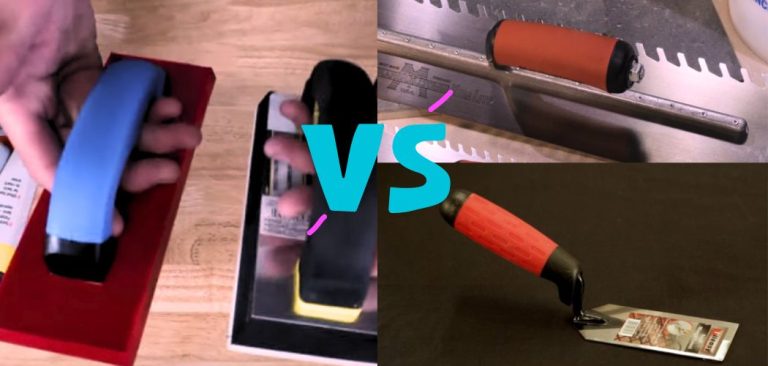How to Use Ball Peen Hammer
Welcome to the world of metalworking and versatile ball peen hammers! Discover where and how this unique tool is used, its types, and effective maneuvering techniques. Whether you’re an experienced metalworker or a curious enthusiast, this guide will give you valuable insight.
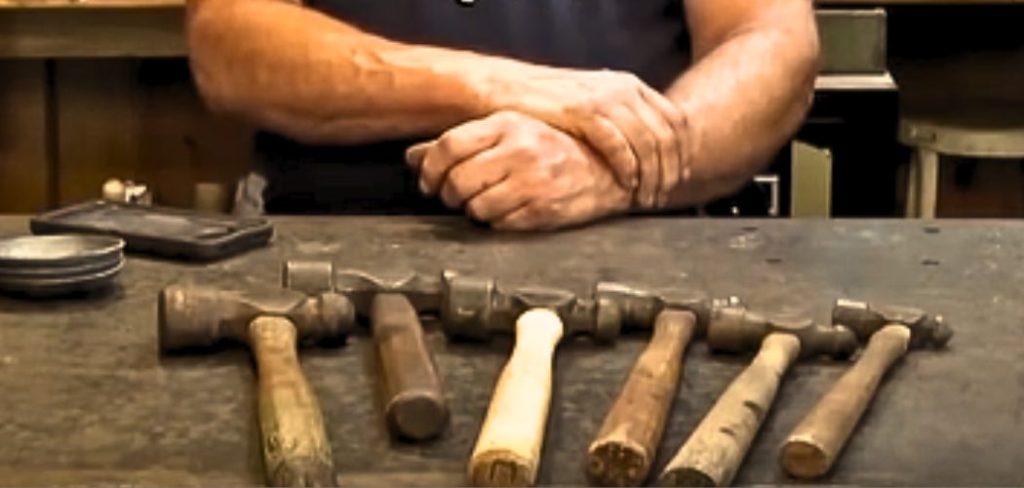
Know the benefits, their types and potential drawbacks, and the importance of safety. Let’s explore the art of using ball peen hammers for precision and efficiency in your metalworking endeavors!
Where is the Ball Peen Hammer Used for Different Purposes?
The ball peen hammer, a masterful tool with a distinct design, is a testament to the artistry of craftsmanship. Its versatility knows no bounds, as it takes center stage in many applications, each harnessing its unique attributes to achieve specific objectives.
With varying weights designed to suit different purposes, this tool becomes an extension of skilled hands across various fields.
Lightweight Precision: Jeweler’s Ball Peen Hammer
In the delicate realm of jewelry making, the lightweight jeweler’s ball peen hammer emerges as a true artist’s companion. Its feather-light construction allows artisans to create intricate designs and textures on small metal pieces with exquisite precision and control. It transforms the ordinary into wearable art.
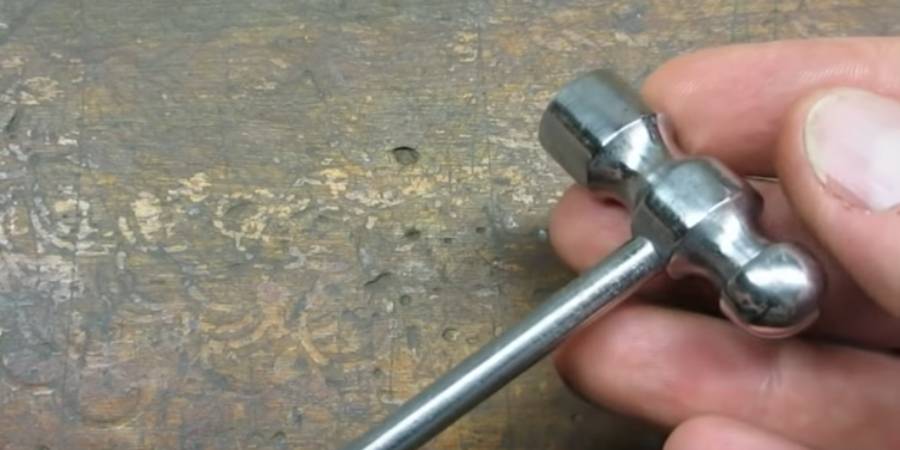
Versatile Workhorse: Medium-weight Ball Peen Hammer
The medium-weight ball peen hammer is a versatile workhorse in metalworking. With a balance between strength and control, it becomes an indispensable tool in workshops and fabrication industries. This hammer embodies versatility, whether peening, punching, chiseling, or shaping metal sheets and components.
Heavy-duty Forging: Heavyweight Ball Peen Hammer
For those who forge and shape metal on an anvil, the heavyweight ball peen hammer takes center stage. Characterized by its substantial head and extended handle, it becomes the trusted companion of blacksmiths.
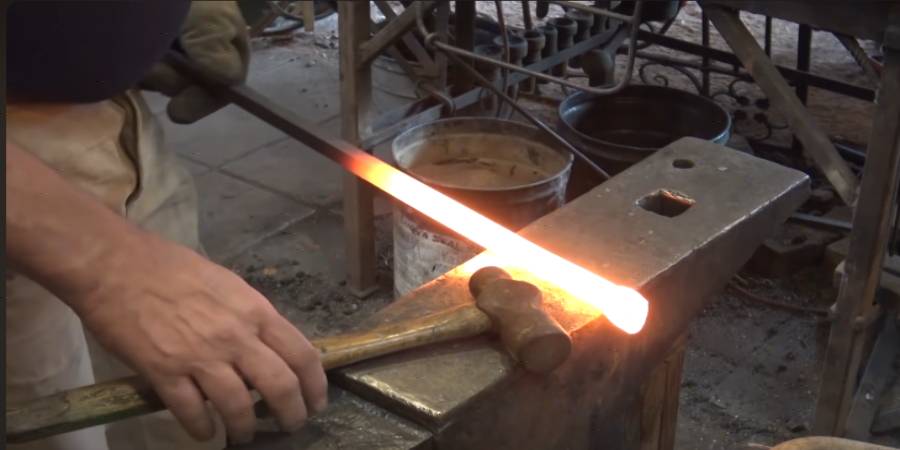
This tool allows artisans to breathe life into hot metal, crafting intricate designs and shapes with unparalleled control and precision.
Riveting and Connection: Ball Peen Hammer With Varied Weights
When securing connections in metalworking and woodworking, the weight of the ball peen hammer becomes a tailored choice. These hammers come in varied weights, ensuring the force matches the required connection strength. Rivets and metal components find their perfect companions in these specialized tools.
Delicate Upholstery: Lightweight Upholstery Ball Peen Hammer
Upholsterers, entrusted with the delicate world of fabrics and materials, turn to the lightweight upholstery ball peen hammer. Its compact size and weight provide the precision for tapping and shaping upholstery materials. With this tool, they contribute to creating furniture that exudes quality and craftsmanship.
Industrial Power: Heavyweight Engineer’s Ball Peen Hammer
The heavyweight engineer’s ball peen hammer commands respect in the demanding arenas of construction, automotive, and heavy industry. Boasting a formidable head and a robust handle, it becomes the tool of choice for tasks demanding unyielding power.
Driving large nails or shaping hefty metal components effectively falls within its purview.
The ball peen hammer is more than just a tool; it is a testament to human ingenuity and the pursuit of excellence in craftsmanship. Its varied weights, each tailored to a specific purpose, transform it into a symbol of precision, power, and the artistry of skilled hands.
Whether in delicate jewelry crafting or monumental industrial tasks, it remains a steadfast ally in creating works that span the spectrum of human endeavor.
How to Use Ball Peen Hammer?
Using a ball peen hammer is a straightforward process, but I intend to introduce you to each part. So let’s get to know them.
- Take a close look at the ball peen hammer. Notice the two heads – one flat and the other round (pin).
- Choose the right size and weight of hammer for your job. A light hammer is suitable for fine work, while a heavy hammer is better for heavy work.
- Before starting, wear safety glasses and, if necessary, gloves to protect your hands.
- Secure the material you are working on in a stable position. It can be a metal sheet, a rivet, or any other object that needs to be shaped or struck.
- If you need to hit or flatten a surface, use the flat head. If you want to round the edges or pee, use a round head.
- Hold the handle slightly firmly with one hand for better control. Keep a comfortable grip, not too tight.
- Position the hammerhead exactly where you want to hit. Start with light, controlled taps, gradually increasing force as needed. Remember to maintain control and precision throughout.
- Depending on the job, you may need to adjust the angle of the hammer. Use the flat head parallel to the work surface for striking or flattening.
- With each strike, aim for the specific area you want to shape or strike. Take your time and focus on hitting the target perfectly.
- Regularly evaluate the progress you are making. Adjust your strike or change the angle to achieve the desired result.
What Are the Advantages and Disadvantages of Ball Peen Hammers?
Starting with the topic of ball peen hammers, it’s essential to recognize their inherent advantages and disadvantages. Like any other, these tools come with unique characteristics that make them well-suited for specific tasks and less suitable for others. Let’s delve into these points with some details:
Advantages of Ball Peen Hammer:
- Versatility: Ball peen hammers are prized for their versatility. Their design allows them to excel in various tasks, including metal shaping, riveting, and driving small nails.
- Precision: One of the standout features of a ball peen hammer is its ability to deliver precise strikes. The rounded ball end of the hammer head allows for controlled and accurate hammering, making it an ideal choice for intricate metalwork.
- Durability: Ball peen hammers, commonly steel, are typically crafted from sturdy materials. This durability ensures they can endure frequent use and maintain their effectiveness over time.
Disadvantages of Ball Peen Hammer:
- Limited Applications for Heavy-Duty Tasks: While ball peen hammers are versatile, they are not the best choice for heavy-duty or large nailing tasks. The small size of the hammer head and the design of the peen make it less efficient for tasks requiring substantial force.
For such applications, larger and heavier hammers with different designs are more suitable.
Understanding these advantages and disadvantages can help you make informed decisions when selecting the right tool for your job.
FAQ’s
What is the Difference Between a Hammer and a Ball Pin?
The main difference lies in the design and purpose of their heads. A regular or claw hammer has a flat face for driving nails and a claw for removing nails. It is versatile and used in various applications like construction and woodworking.
On the other hand, a ball pin hammer has a round face and a round, ball-shaped pin. It is specialized for shaping and striking metal in metalworking and blacksmithing applications.
What Kind of Material Are Ball Pin Hammers Made of?
Ball pin hammers are made from high-quality steel for durability and wear resistance. The head is forged and hardened from steel, and the handle is usually made from hickory wood for strength and shock absorption, but you will find them with different handles.
This construction makes them suitable for heavy-duty metal work, including metal shaping, peening, and riveting.
What Are the Different Sizes of a Ball Peen Hammer?
Ball pin hammers come in different sizes based on their weight. Standard sizes include:
– Small (4 to 8 ounces) for delicate work.
– Standard (12 to 16 ounces) for general metalwork.
– Large (24 to 32 ounces or larger) for heavy work.
The choice of size depends on the specific task and the power required.
What is the Ideal Ball Peen Hammer Handle Length?
The ideal handle length for a ball peen hammer varies based on the job and user preference. For general metal work, 12 to 14 inches provide a good balance of strength and control.
For heavier work like blacksmithing, 14 to 16 inches is more convenient. A 10 to 12-inch short handle facilitates fine work for better maneuverability.
Conclusion:
Ball pin hammers are an essential tool for metalworking, offering versatility and precision. We have covered its types and techniques, but if you have any different opinions about the article, then let me know by commenting below. Also, if you liked the article, at least share it with your friends.
Read also:-

